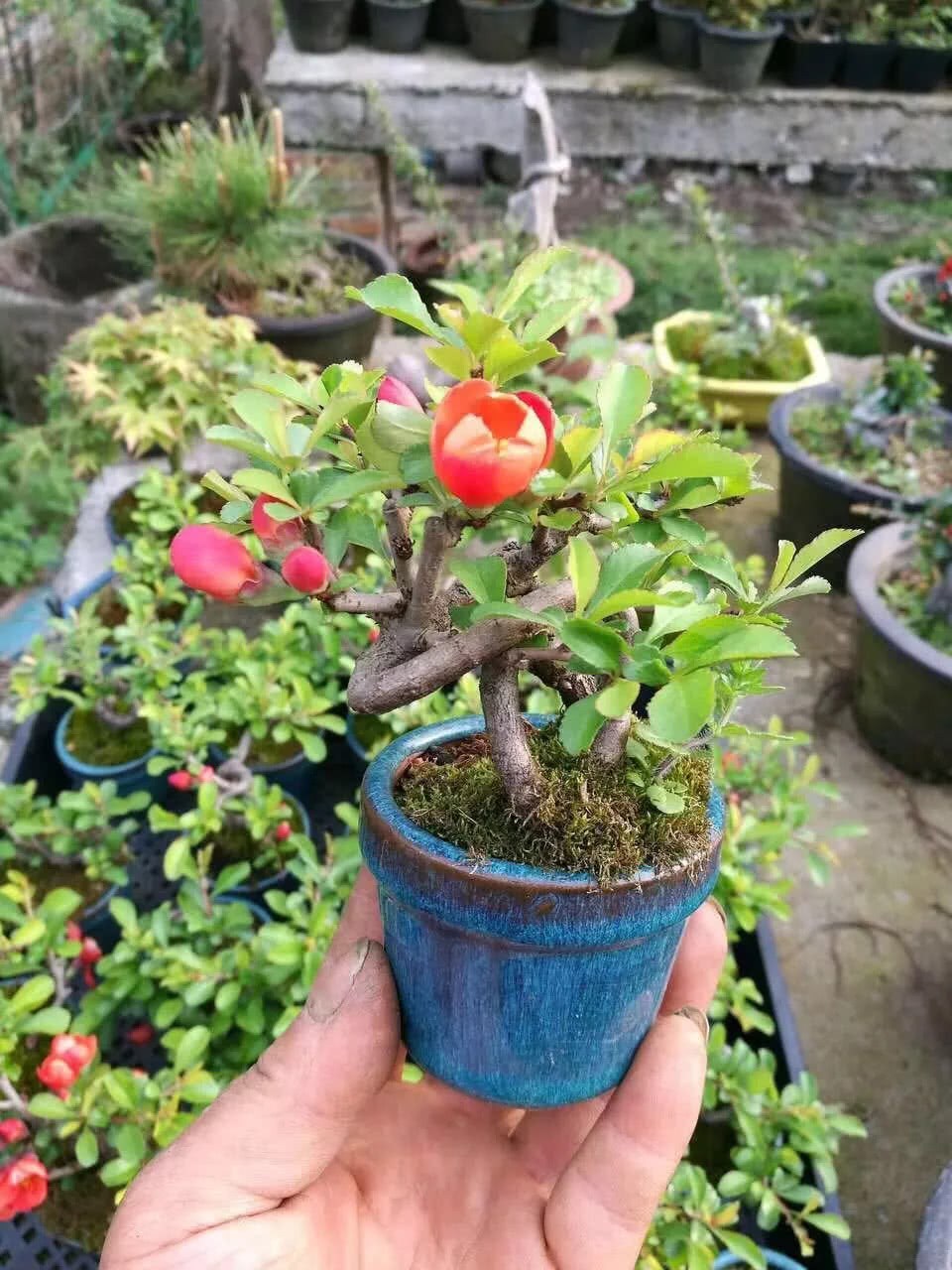The most effective control methods for common fungal diseases of flowers are here.

It can be said that fungal diseases are the most common flower diseases.
Fungi are lower organisms that do not have chlorophyll, take mycelium as nutrients and reproduce by sporophyte. Diseases caused by fungal infection are called fungal diseases.
Fungal diseases generally have obvious symptoms, such as powdery matter (white powder, etc.), mildew (black mold, gray mold, Penicillium, green mold, etc.), mildew, particulate matter, filamentous matter, nuclear substance and so on.
The above characteristics are one of the main bases for identifying fungal diseases.
The common fungal diseases of flowers are powdery mildew, anthracnose, gray mold, rust, blight, quenching, black spot, brown spot, white silk, coal pollution, root rot, Sclerotinia sclerotiorum and so on.
In this paper, several widely distributed and seriously harmful fungal diseases of flowers are analyzed.
Fungal diseases of flowers are widely distributed and harmful.
1. Powdery mildew
The pathogen is attached to tender buds, tender leaves, buds and pedicels. At the initial stage of the disease, the affected parts appear green spots, and then gradually become white powder spots, such as covered with a layer of white powder, the disease spots become gray in the later stage.
The injured leaves and stem tips were curled and atrophied and deformed, and the flowers were small and few or could not open normally. The spores of the pathogen spread with the air flow, and it is most likely to spread in the greenhouse.
It mainly harms rose, chrysanthemum, plum blossom, dahlia, melon leaf chrysanthemum, inverted golden bell and other flowers.
two。 Anthrax
It is mainly harmful to leaves, but also to young stem tips, buds, fruits and other parts.
After most flowers are infected by pathogens, the disease begins to occur from the tip and edge of the leaf, and the disease spot appears nearly round on the leaf surface, the edge of the disease spot is mostly dark brown, the center is light brown or gray-white, and there are black spots on the disease spot in the later stage, which are often arranged in a round pattern. When the disease is serious, the leaves die.
Anthracnose mainly harms orchids, orchids, camellias, plum blossoms, figs, rubber trees, cyclamen, eight immortals, evergreen and so on.
3. Grey mold disease
It mainly harms leaves, stems, flowers and fruits.
If the host is different, the location and degree of the victim are also different. Generally, watery spots appear at the beginning of the disease, and then gradually expand and become brown or purplish brown disease spots, gray hairy things grow on the disease spots when the weather is wet, and pruning dies when the disease is serious.
4. Black spot disease
The pathogen lurked in the soil and invaded the lower leaves with Rain Water splashing down and spread rapidly upward. The damaged leaves first appeared black spots, and then gradually expanded into round, oval, successive pieces. The diseased leaves are yellow and shedding.
The disease usually occurs rapidly in the rainy season from July to August.
It mainly harms rose, rose, plum blossom, chrysanthemum, peony, geranium, magnolia, canna and other flowers and trees.
5. Brown spot disease
Nearly round black-brown or brown disease spots appeared on the leaves of the damaged plants, which caused a large number of scorched leaves in severe cases.
The disease mainly harms peony, peony, chrysanthemum, rhododendron, camellia, sweet-scented osmanthus, poinsettia, African chrysanthemum, rose, geranium and so on.
6. Seedling blight
The seedling diseases caused by Fusarium, Rhizoctonia and Rhizoctonia were characterized by rot, quenching, blight and so on, and the seedlings suffered the most within 20 days.
Common are gladiolus, carnation, melon leaf chrysanthemum, chrysanthemum blight and so on.
7. Rust disease
It mainly harms leaves, stems and buds. There are orange blister-like processes on both sides of the susceptible leaves, and there is orange powder after the rupture. This is the summer spore of rust, which will repeatedly infect the plant. The spores scattered in late autumn and early winter are chestnut brown, which are the winter spores of rust, and the disease spots reappear when the leaf buds are invaded in spring.
Cypress plant is the host plant of rust disease, flowers should not be together with this kind of plant species, otherwise the disease is more serious.
Most of the victims were Rosaceae flowers and carnation.
The most effective Control method of Flower fungal Diseases
One
During the flower growth period, starting from near the onset period, 65% mancozeb or mancozeb wettable powder was sprayed 400 times 600 times every 7-10 days for 3 consecutive 5 times, which could inhibit the occurrence and spread of the disease.
II.
Strengthen cultivation management, reasonable fertilization and watering, pay attention to ventilation and light transmission and summer cooling, so as to make the plant grow healthily and improve disease resistance.
Three
Thoroughly remove the dead branches and leaves in winter and spring, cut off the diseased branches, leaves and buds in time after the disease, and destroy them centrally, so as to reduce the source of bacteria.
Restaurant
At the initial stage of the disease, 50% carbendazim (or topiramate) was sprayed 500 times 800 times, or 75% chlorothalonil 600 times 800 times.
Wu
To prevent and cure Botrytis cinerea, 70% pentachloronitrobenzene and 80% benzoate zinc can be mixed in the same amount, 8 grams per square meter, and the soil can be disinfected.
Land
In addition to soil disinfection and chemical control, strict watering and proper ventilation are the key to the control of seedling blight when the sowing seedlings are unearthed for about 20 days.
Seven
When rust is found, the diseased leaves should be cut off and burned and sprayed with 4000-fold solution or 4000-fold solution of diphacinone sodium.
The above methods can stand up to scrutiny and test!
It is worthy of balcony planting lovers to properly collect the most effective prevention and control method of flower fungal diseases.
If you are suffering from fungal diseases, Taiwan friends might as well give it a try.
Planted on the balcony.
All right, that's all for today. If you have any questions, please leave a message in the message area below.
I don't know if what the station director said was clear and detailed. For those Taiwanese who do not understand it, the director has written a hidden poem for you. It may not be well written, but it can help you find the director.
More wonderful articles are found in a Tibetan head poem:
The breeze caresses the flowers
Wander through Nanshanyang
Sou Qi Qiao Bronze Sparrow platform
Plant red plants on the green clouds
-- to challenge: four poems with hidden head and tail, the first word is connected with the last word, you can get the eight-character motto and summon the head of the stage to be real! Remember to say when you come: "Director, I have cracked your secret."
There is no end to learning on the balcony.
- Prev

Fingertip bonsai can bloom, but the results do you believe it? If you don't believe me, look at these tips.
If you haven't seen it with your own eyes, maybe you can't believe that such a super mini cute fingertip bonsai can bear fruit! Will it be in the palm of the hand, the heart still doubts, is it to bring it home, it can not continue to blossom? Of course...
- Next

Hydroponic plants are simple, lazy people can also grow elegant
The brain works with you to listen to the sound of the night! Attention hydroponic plants because of its elegant clean, good-looking good breeding and other advantages, is rapidly popular. Do you want to try some at your place? 1, copper grass round small leaves, like a small copper...
Related
- Wuhan Hospital Iron Tree Blooming Result Was Instantly Frightened by the Gardener Master
- Which variety of camellia is the most fragrant and best? Which one do you like best?
- What is the small blue coat, the breeding methods and matters needing attention of the succulent plant
- Dormancy time and maintenance management of succulent plants during dormancy
- Minas succulent how to raise, Minas succulent plant pictures
- What are the varieties of winter succulent plants
- How to raise succulent plants in twelve rolls? let's take a look at some experience of breeding twelve rolls.
- Attention should be paid to water control for succulent plants during dormant period (winter and summer)
- Watering experience of twelve rolls of succulent plants
- Techniques for fertilizing succulent plants. An article will let you know how to fertilize succulent plants.

